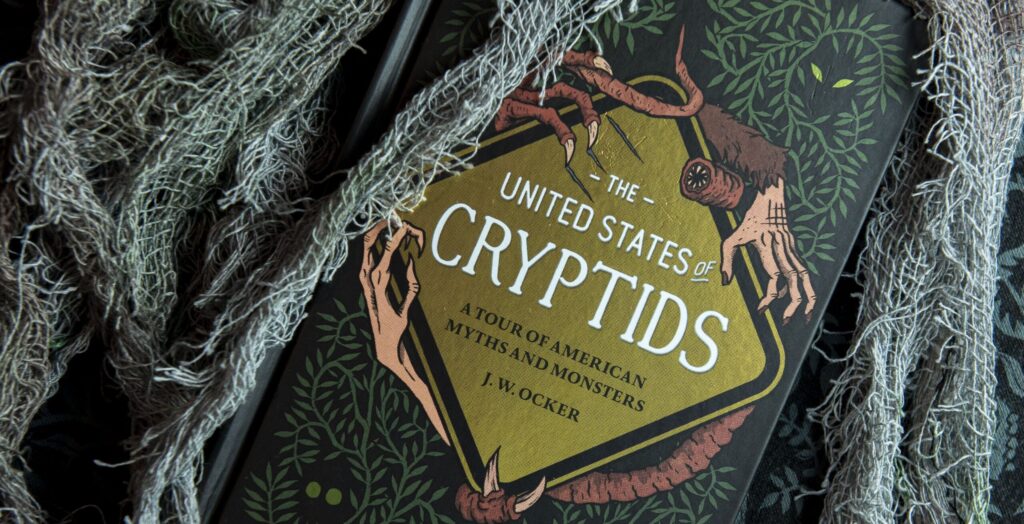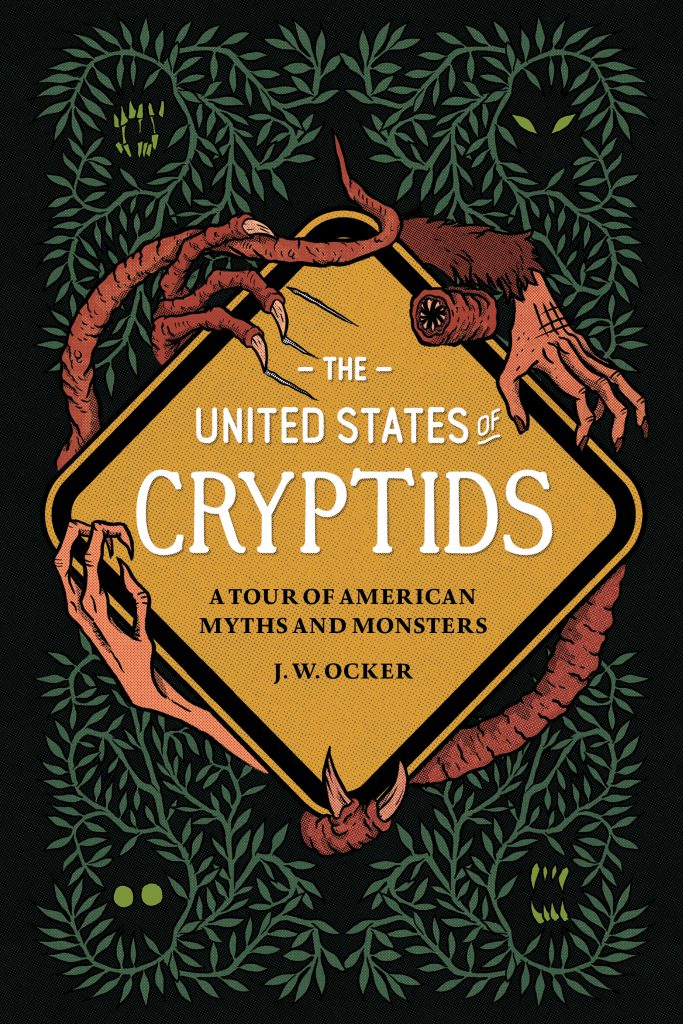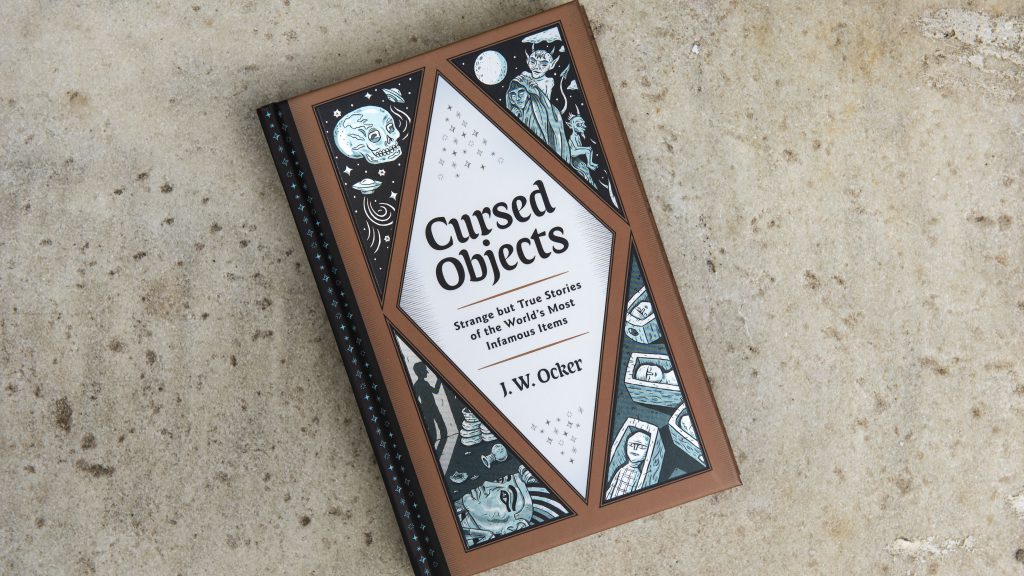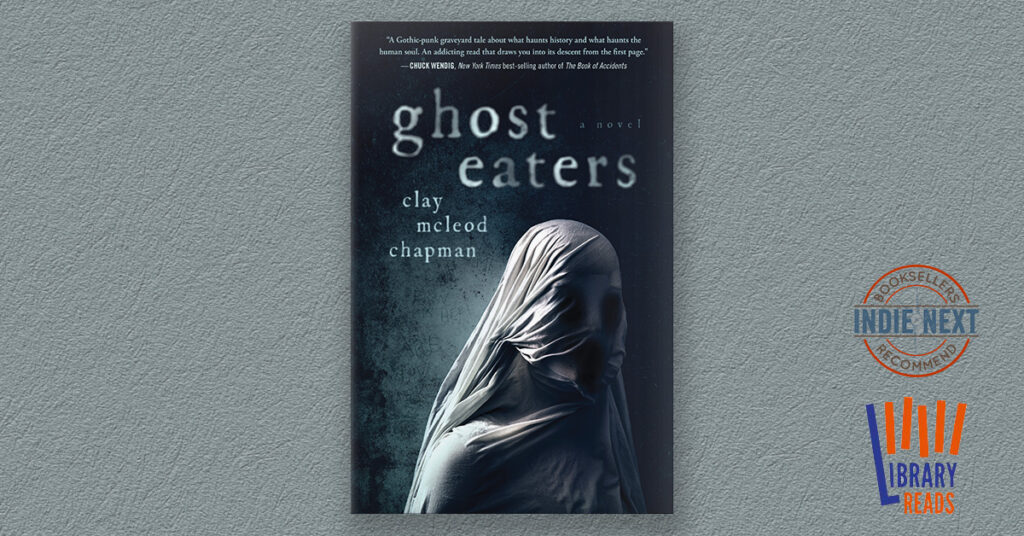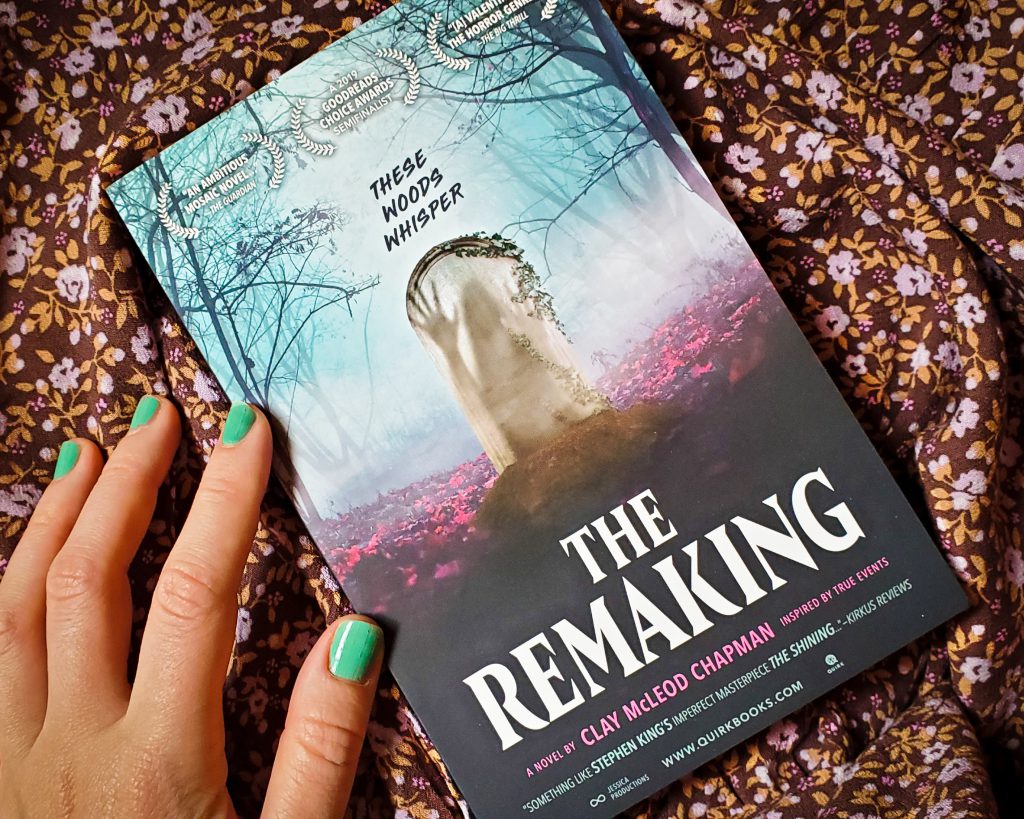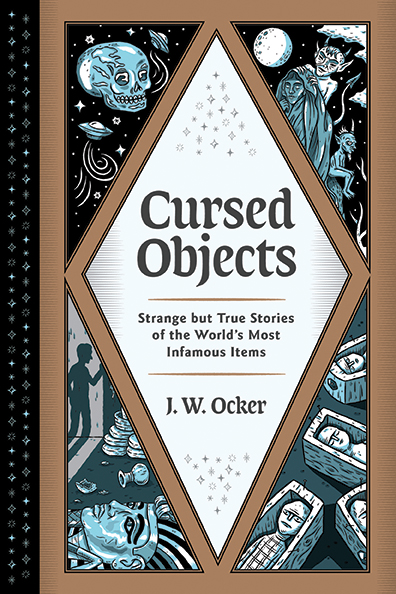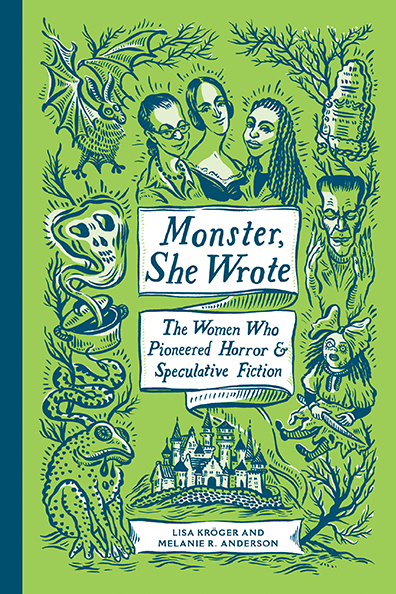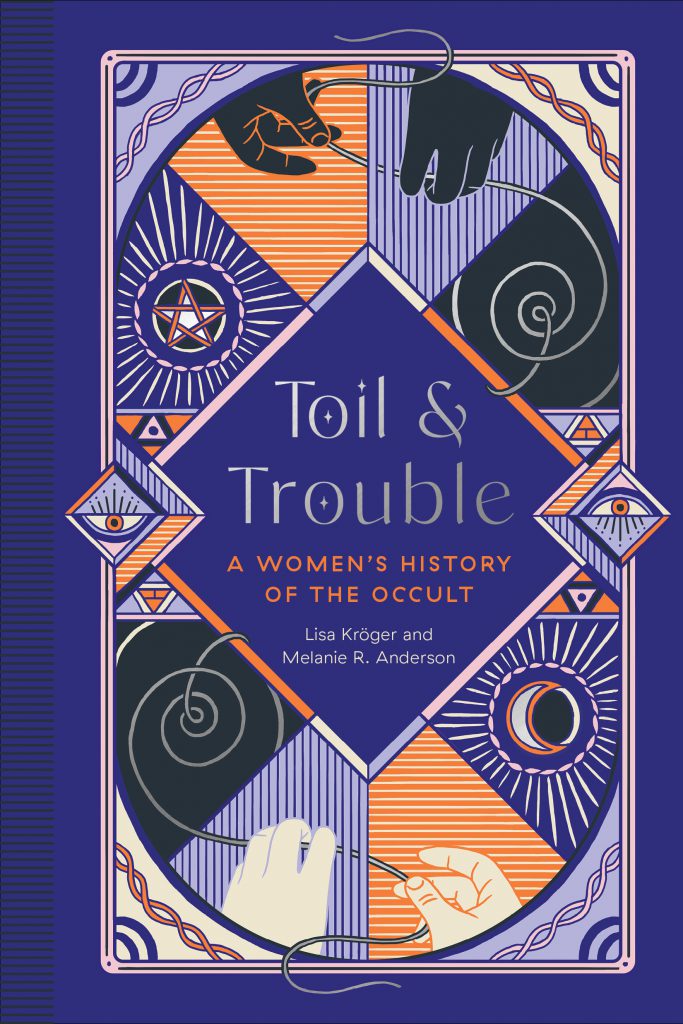Cruisin’ for Cryptids: J. W. Ocker’s Road Trip Tips for The United States of Cryptids
Maybe you’re lucky enough to live in a town where bigfoot is sighted so often you need bigfoot crossing signs. Or a town with a lake so well-stocked that every cast yields reptilian monsters. Or one where midnight visits from flashlight-headed pterodactyls and woman-faced wolves are common. But chances are you don’t. Cryptids—those beasts that science doesn’t (yet) acknowledge but so many eye-witnesses do—don’t always come to you. Sometimes you gotta go to them.
And that means a road trip.
Fortunately, you raise your chances of seeing a monster just by jumping into your car. Many cryptids were seen for the first time through windshields: the Mothman of Point Pleasant, West Virginia. The Whitehall Bigfoot in upstate New York. Batsquatch out of Washington. The Dover Demon in Massachusetts. The Loveland Frogmen of Ohio. And, while Scotland’s a little out of our jurisdiction, even the Loch Ness Monster itself was first seen across the bonnet of a car.
Even better, not only do you raise your chances of seeing a cryptid by hitting the road, I can guarantee you a sighting…if you drive to the right towns.
The United States is full of monsters. It’s also full of towns that celebrate those monsters like they’re hometown heroes or local sports teams. The residents throw festivals, erect statues, install historic plaques, establish museums. In some cases, cryptids are the town mascot, even appearing on welcome signs and town seals.
Driving to these cryptid towns ensures you’ll see a cryptid on those welcome signs and in those museums and during those festivals. But these jaunts aren’t just for photo ops in front of fangy statues in town parks and stops at monster-themed restaurants. They’re trips into legitimate history.
It’s a trip into the nineteenth century, where lumberjacks in dark Wisconsin forests told tales of a spiky beast called the hodag, which now reigns everywhere as the symbol of the town of Rhinelander, from the large statue outside its visitor center to the town’s officially sanctioned Hodag Day every May.
It’s a trip to 1949, Churubusco, Indiana, where a gigantic turtle that would come to be known as the Beast of Busco is sighted in a local pond outside of town, kickstarting a summer of turtlemania that echoes to present today as an annual festival and a town bumpy with turtle statues and turtle-inspired business logos year-round.
It’s a trip to 1952, Flatwoods, West Virginia, where a ten-foot-tall alien robot in a skirt scared a bunch of kids and their mother one night and then became a town-wide phenomenon that includes a museum and signage and gas station memorabilia today.
It’s a trip to 1958, Bluff Creek, California, where Bigfoot’s big footprints were first seen, inspiring its name, and where in 1972 the most famous bigfoot footage of all time was filmed. That area now has more bigfoot statues than residents.
There are dozens of cryptid towns like that across this vast country. It’s going to take us a while to hit even a fraction of them, and while your road trip starting point might differ based on your location, I recommend these towns to help you kickstart your planning. We’ll also need tunes. Tunes to hunt cryptids by. And I’ve got you covered with this Spotify playlist.
- “The Legend (Spring 1987)” by Steve Cook: This song popularized (and possibly invented) the Michigan Dogman.
- “Worm Tamer” by Grinderman: This Nick Cave-fronted band/song uses the Loch Ness Monster and the Abominable Snowman as…very interesting metaphors.
- “The Last Great American Whale” by Lou Reed: Lotta reasons for this to be on a playlist about American cryptids, all…deep.
- “Sasquatch” by Ani DiFranco: Sultry and funny and makes me think about big hairy creatures wearing headphones and vibing to this song out in the woods.
- “A Night with the Jersey Devil” by Bruce Springsteen: One legend of New Jersey singing about another legend of New Jersey.
- “The Creature Stole My Surfboard” by the Dead Elvi: The Creature from the Black Lagoon was both inspired by and has inspired cryptids.
- “Scary Monsters (Super Creeps)” by David Bowie: If I were to hear about a cryptid in my town, the song I’d throw on when I jumped in the car to chase it would be Meatloaf’s “The Monster is Loose.” Since that’s not on Spotify, this atmospheric David Bowie track works, too.
- “American Nightmare” by The Misfits: American Nightmare could be an alternate title for The United States of Cryptids…and it’s a good little bop.
- “A Monster” by Nina Simone: Technically, it’s not a monster, it’s a monster lie, but this song should still be on a creature feature soundtrack if it’s not already.
- “Lochness” by Judas Priest: Might as well end with an epic 13-minute rocker about the most famous lake monster on the planet.
So we got cryptid destinations. We got cryptid tunes. That means we got us a cryptid road trip into history and legend and culture. We’re gonna come back with T-shirts crowning bigfoot as the hide and seek champion and red-eyed plushies to give to our children as souvenirs. And just maybe we’ll have our own cryptid encounter for the books.
Quirk Tested. Reader Approved.

J. W. Ocker
J. W. (Jason) Ocker is an Edgar Award winning travel writer, novelist, and blogger. His book Poe-Land: The Hallowed Haunts of Edgar Allan Poe was nominated for an Anthony Award and won the 2015 Edgar Award for Best Critical/Biography. His other books include The New England Grimpendium and The New York Grimpendium, each of which won a Lowell Thomas Award from the American Society of Travel Writers, and A Season with the Witch: The Magic and Mayhem of Halloween in Salem, all published by Countryman Press/W.W. Norton. He’s the author of the novels Death and Douglas (Sky Pony) and Twelve Nights at Rotter House (Turner). He is also the creator of OTIS: Odd Things I’ve Seen (oddthingsiveseen.com), where he chronicles his visits to thousands of oddities of culture, art, nature, and history across world. His writing can be found in the Boston Globe, CNN, The Atlantic, Atlas Obscura, The Guardian, and more.
